Do you have fatty muscles?
By naturopath Margaret Jasinska
You’ve heard of fatty liver, but did you know that fat can infiltrate into muscles and this is a health risk? The medical term for fatty muscles is myosteatosis and it increases the risk of heart attacks, strokes and type 2 diabetes. You don’t have to look overweight to have fatty muscles. It’s common in slim looking people.
There was an interesting article in The Epoch Times called Hidden Fat: The impact of intramuscular fat on health and longevity. You can read the article here
Myosteatosis significantly impairs muscle quality and function. Unlike subcutaneous fat (stored under your skin) or visceral fat (around or inside organs), muscle fat infiltrates the muscle fibres, making it more difficult for your muscles to function. Fat can accumulate between muscle fibres or within muscle cells. Essentially this is human marbling. Your muscles look like a wagyu steak when they are supposed to look red. Grain fed animals have fat within their muscles and so do grain fed humans.
Health risks of fatty muscles
- Reduced strength and mobility, which become problems in older individuals.
- Increased risk of falls in elderly people.
- Insulin resistance and increased risk of type 2 diabetes.
- Higher risk of heart attack or stroke
- Increased risk of dementia
- Poorer prognosis if diagnosed with cancer.
Fat inside muscles produces inflammatory chemicals, just like fat inside the liver does. That means people with myosteatosis have increased inflammation in their bodies. This can increase arthritis, depression, autoimmunity and raises levels of pain that can be experienced anywhere in the body.
What causes muscles to become infiltrated with fat?
People who have a fatty liver and high levels of visceral fat in general are more likely to develop fatty muscles. The following factors can promote myosteatosis:
- Eating more carbohydrate than your body can tolerate.
- Insufficient protein intake.
- Excess alcohol consumption.
- Insufficient sleep.
- Chronic stress because it promotes excess cortisol production.
- High consumption of seed oils high in linoleic acid.
- Lack of exercise.
How to know if you have fatty muscles
If you have a fatty liver, there is a good chance you also have fat in your skeletal muscles. There is no routine test to check for myosteatosis. If you have an MRI, some of your muscles may be visible. Muscle is dark and fat is white on an MRI. If you see white infiltrating dark muscle, that’s myosteatosis. A DEXA scan or CT scan can also show fatty muscles but they don’t give as clear an image as an MRI.
How to clear fat from your muscles

Minimise sugar, carbohydrate and seed vegetable oils in your diet.
These foods are what creates internal fat accumulation. Carbohydrate rich foods include sugar, flour, bread, pasta, rice, potatoes, breakfast cereals, cookies, granola and grains. The liver is very proficient at converting these foods into fat. The other food that promotes the formation of a fatty liver is omega 6 rich vegetable oil. Fried foods and packaged foods like crisps, chips, crackers and cookies are usually full of the wrong fats. Avoid foods that contain the following oils: canola (rapeseed), cottonseed, soybean, corn, sunflower, safflower, grapeseed, sesame and peanut oil. Olive oil and coconut oil are healthy fats. Animal fats are also healthy.

Base your diet on vegetables, protein and healthy fats.
These foods will keep you feeling full and will keep your blood sugar level stable throughout the day. This is very important in order to prevent hypoglycaemia, sugar cravings, foggy head and fatigue. Many people trying to lose weight actually don’t eat enough protein and fat, particularly women. They are in such a rush to lose weight and want to reach their goal tomorrow, that they eat too little food. This is dangerous because you will be at far greater risk of binging on all the wrong foods once you get tired and hungry enough. When eating protein rich foods like fish, poultry or red meat, please eat a palm and a half sized portion. Whey protein powder is an excellent source of protein that’s highly satiating. It will help to keep you feeling full for many hours and reduces the risk of sugar cravings. Please include good fats in your diet like olive oil, avocados, nuts, seeds and oily fish such as salmon. People who don’t eat enough protein and fat usually crave sugar and carbohydrate. There is an easy to follow eating plan in the book Fatty Liver: You Can Reverse It.

Do some exercise and provide your muscles with the fuel they need to grow
Almost all of our female patients don’t consume the recommended daily intake of protein. After menopause, protein requirements actually increase because the body’s repair mechanisms aren’t as good. It’s best to consume 1.5 grams of animal protein per kilogram of ideal body weight for your height.
Animal protein contains the full complement of essential amino acids, especially leucine. Leucine is the amino acid most important for stimulating muscle synthesis. Leucine is only present in small amounts in most plant protein foods, so it can be deficient in vegetarian or vegan diets.
Hydroxymethylbutyrate (HMB) is a substance that is made when the body breaks down leucine. Studies have shown taking HMB supplements can increase exercise performance, reduce muscle breakdown and increase muscle growth. This even occurs in people who don’t exercise and in elderly individuals.
Animal protein is also the best source of glutamine and branched chain amino acids. Branched chain amino acids are leucine, isoleucine and valine. Branched chain amino acids are the specific types of protein that stimulate increased muscle growth, reduce muscle breakdown and reduce muscle soreness after exercise. Glutamine helps promote muscle growth and it is needed by the cells that line your gastrointestinal tract. Glutamine helps repair a leaky gut.
Ultimate Muscle Food powder is a blend of glutamine, branched chain amino acids and HMB in a delicious all natural and vegan lime flavoured powder

Find out if you have insulin resistance or type 2 diabetes.
Type 2 diabetes is becoming increasingly common and approximately half of the people who have it don’t realise because they haven’t been diagnosed yet. See your doctor and ask for a fasting blood glucose test to check if you have diabetes. Insulin resistance is even more common. If you have a large waist, then you have some degree of insulin resistance. If you have a more advanced case of insulin resistance, you have high blood pressure, high blood triglycerides, low good cholesterol (HDL) and high bad cholesterol (LDL). Type 2 diabetes and insulin resistance make weight loss even more difficult because of the elevated blood insulin which is a feature of these conditions.
Dr Cabot’s books ‘I Can’t Lose Weight and I Don’t Know Why’ & ‘Diabetes Type 2 – You Can Reverse It Naturally’ are fantastic resources for those with insulin resistance and type 2 diabetes.

Eat plenty of fresh vegetables.
Try to eat as many different coloured vegetables as possible because the pigments in vegetables are antioxidants and they each have unique benefits. Your liver and bowels need the nutrients in vegetables to function at their optimum. It is well worth adding raw juices to your diet, see the book Raw Juices Can Save Your Life for recipe ideas.


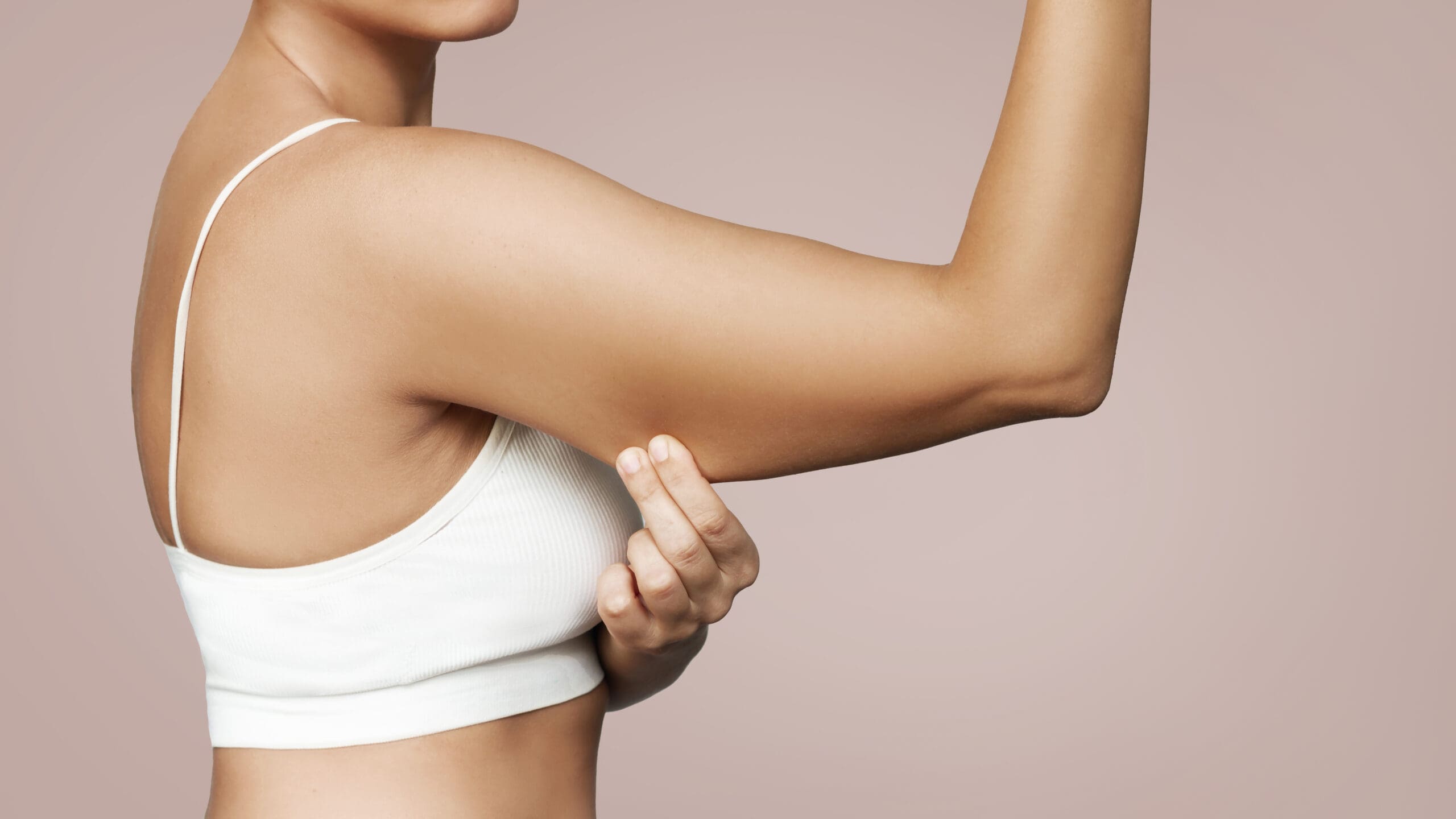
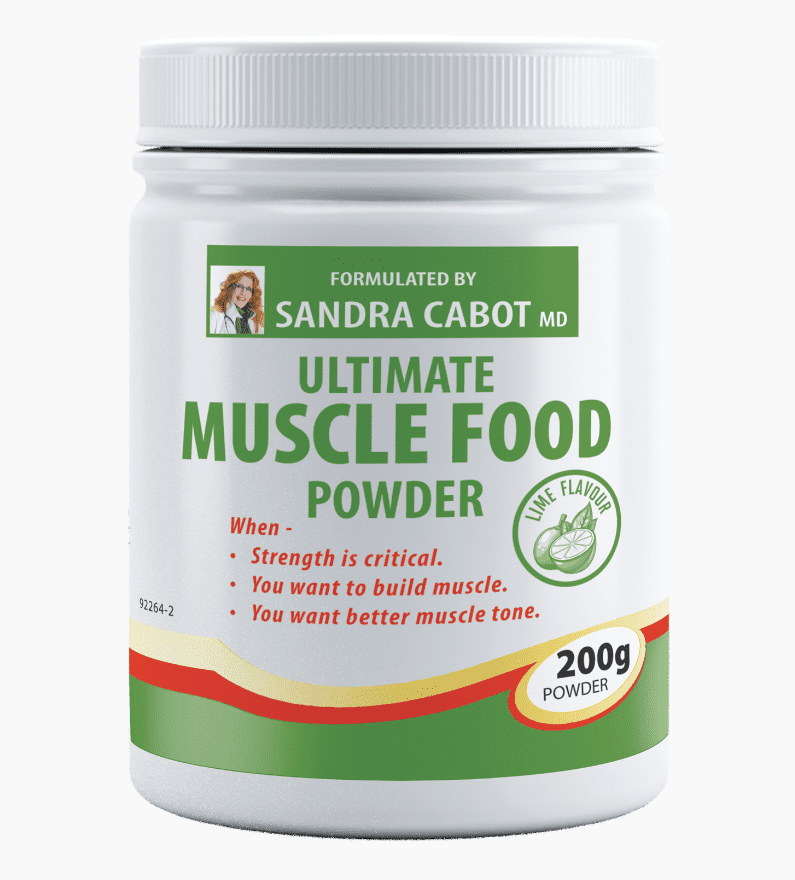


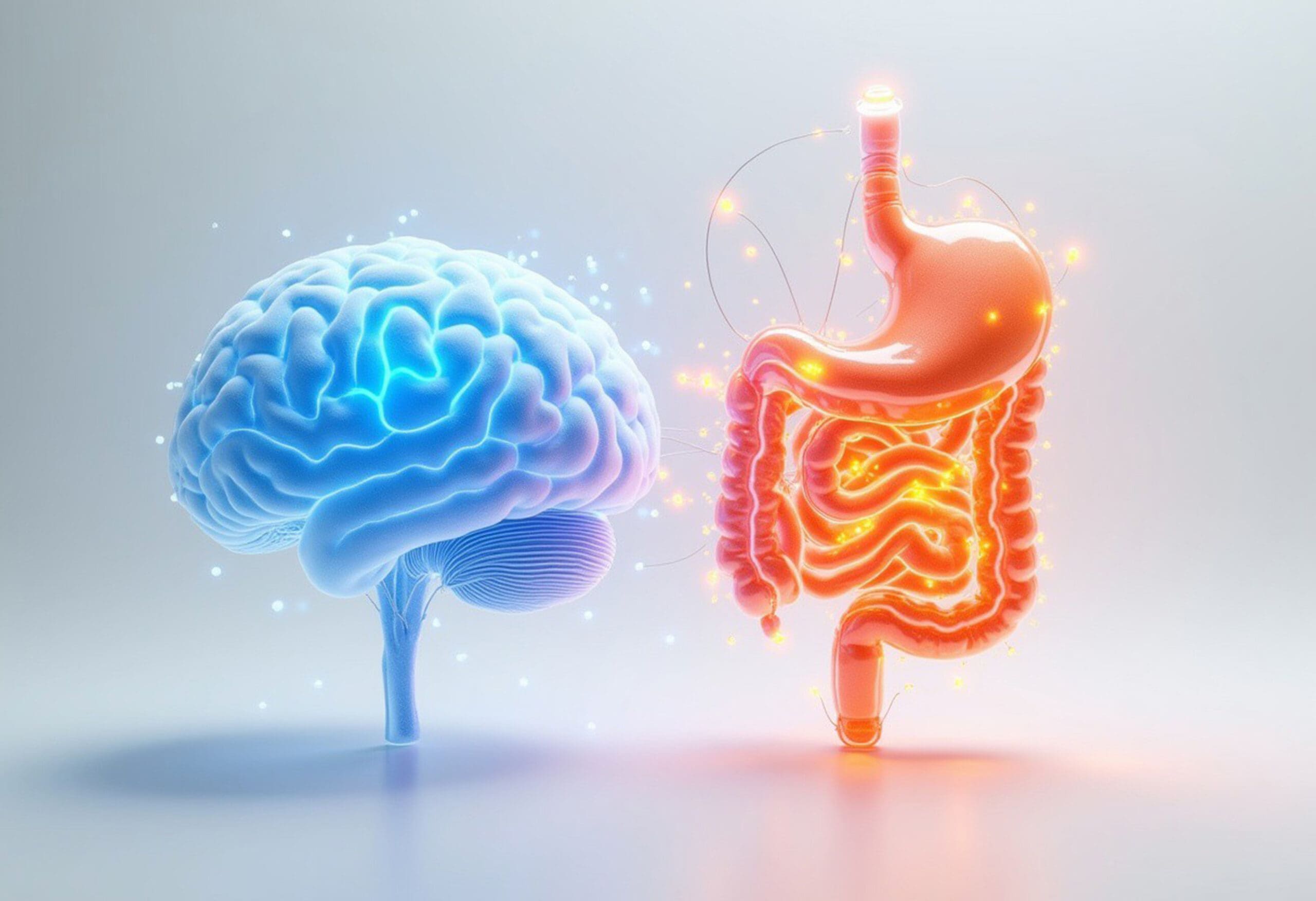
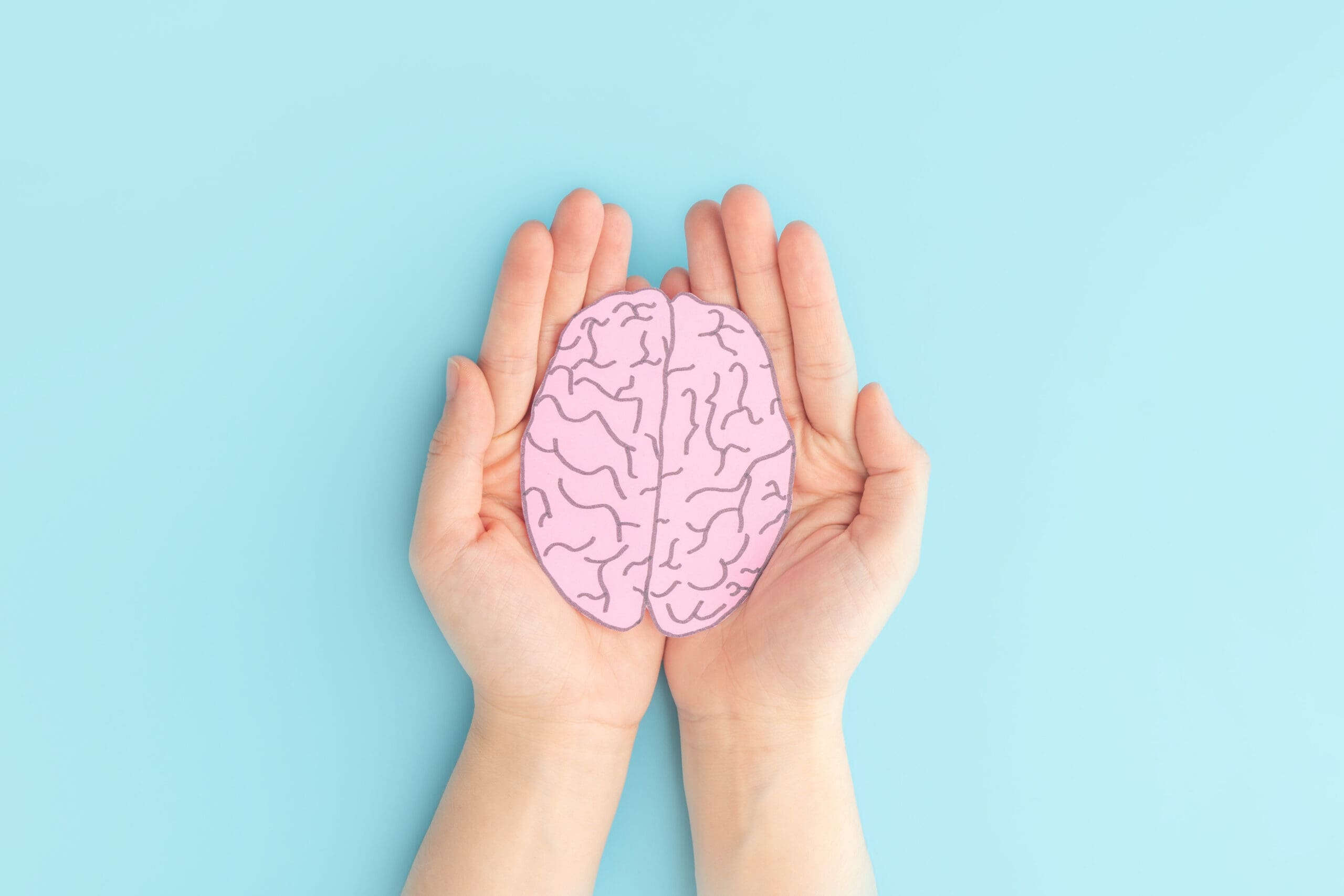
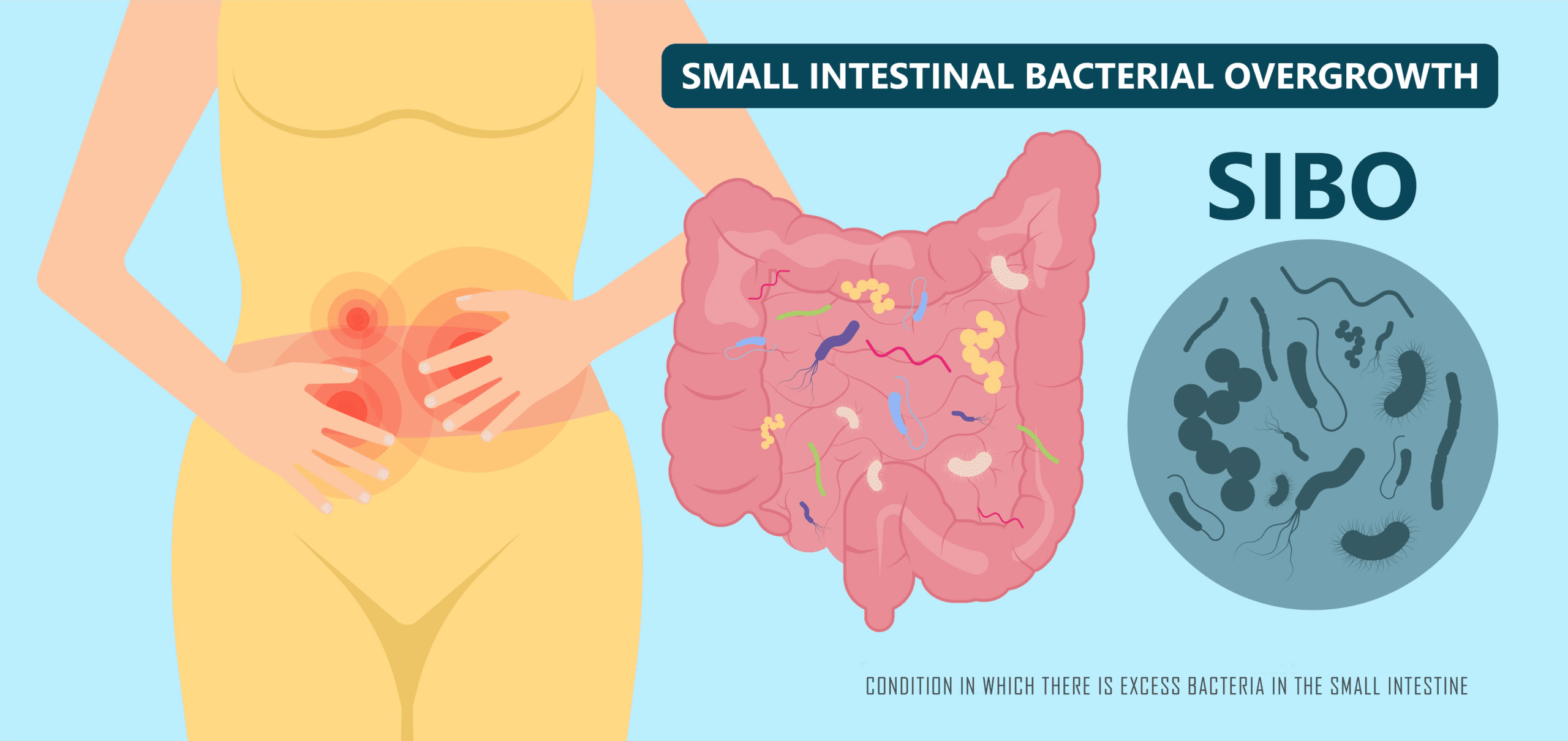
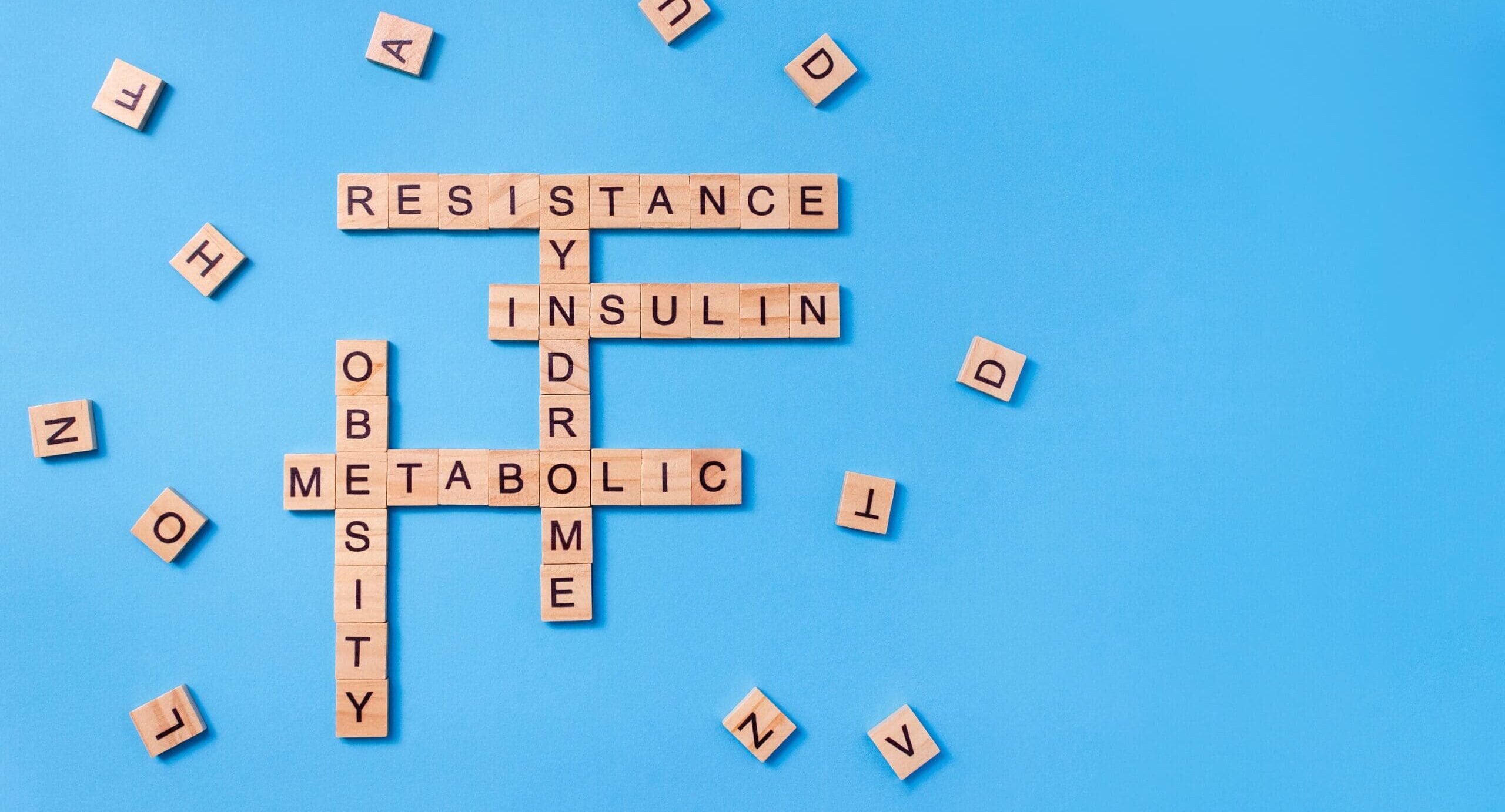
Leave A Comment